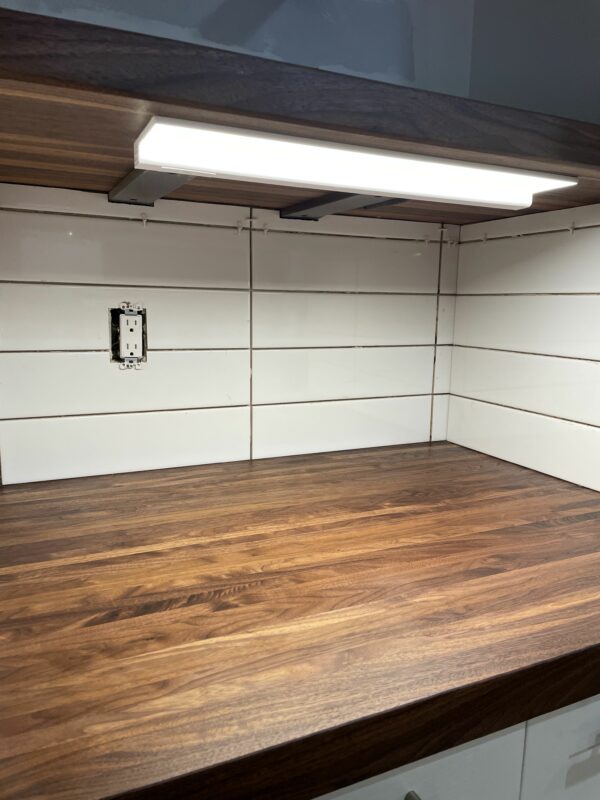
All About Wood Stain
Wood Stain Differences
With all the different types of woods out there, there are also many different types of wood stains that can be used on them. The options we have listed for our shelving kits barely scratch the surface of all the options. Here we’ll go over some of the most common types of stain you have when it comes to staining your wood items.
Water Based Stains
Water based stains are fast drying and relatively easy to clean up given that they are water soluble. They can be applied with a brush or rag. However, due to drying so quickly, water based stains are in some ways harder to use. This is because they do not allow time for the brush strokes to be removed. Typically they are dried past the point of moving within a few minutes. They are safer than other stains due to being less flammable and in some instances better for outdoor applications. Often mold and mildew resistant especially when compared to oil based stains. Requires multiple coats for rich color as they do not penetrate as far into the wood and have a tendency to raise the wood grain if over-saturated.
Oil Based Stains
Oil based stains are the classic version of a wood stain. They are slower drying which allows you to attain a smoother finish with less risk of visible brush strokes and it can also be applied with a rag. The slower drying and oil base allows them to provide a richer color with less coats required and not as much of a risk with raising the wood grain. Mistakes and messes are harder to clean up however due to requiring mineral based spirits to remove. Stained rags must be laid out to dry away from sunlight and flat away from each other to avoid fires. This is due to the heat generated by oil based stains when they dry.
Oil-Based Gel Stains
These are the thickest form of wood stains. They are meant to be applied with a rag or foam brush in a thick layer for even application. The excess is then wiped away with a rag after letting the stain sit for the amount of time specified on the stain instructions leaving the final application on the workpiece. Similar to oil based stains, items used with gel stains must also be cleaned and disposed of properly. Clean up any messes and brushes with mineral spirits to ensure all gel stain is removed. Keep used rags away from anything flammable and let dry flat like with oil-stains.
Lacquer vs Varnish
Lacquer is a varnish but varnish is not a lacquer. These products create a solid film that protects the finished work from damage with lacquer typically providing the most protection compared to varnish. Wood stains alone do not protect wood products as they create a porous surface that does not protect from further staining or water damage. When it comes to the look of the product, lacquer provides the most finish options compared to varnish if you’re looking for an intense gloss look. Application of these varies in that while varnish can typically be applied by hand with a brush or rag, lacquer cannot. If you are looking for a smooth finish of lacquer it typically needs to be applied with a sprayer. More details on the differences between these types can be found here.
The above details regarding each type of stain will affect which product you choose to use. Are you wanting the rich color of oil-based and are comfortable with the disposal process? Or is this a small DIY where you’d prefer not to worry about the disposal of your tools so you go with the water-based? With so many options to use, there is sure to be one that will fit your needs and ability level.
Here at Right on Bracket our shelf kits come with the option of us staining them for you. The stains we use on our shelves are oil based due to providing such rich color. Check out our stain options on those kits here!


